pv magazine: According to the analysts, this 70% safeguard duty could be harsh for the Indian sector, and some say it will inevitably derail many solar projects and rooftop projects. What is your take on this?
HR Gupta: Firstly, I’d like to clarify that the ISMA has not suggested the figure of 70%. This number is not recommended by ISMA or any individual company that is part of this association. This is the result of the investigation of the Directorate General of Safeguards, Customs, and Central Excise, under the ministry of finance. It got no private involvement; the government does it under the WTO regulation and the procedure for it. We are just the applicant who has asked for justice.
Moreover, concerning the worry that 70% of tax will derail any solar projects and rooftop projects. Regarding solar projects, I think we must consider the projects that have signed a PPA, so we have to evaluate whether there will be any pass-through in case of duties, or no pass-through. However, I think in the last 5-6 years, Indian developers have bid aggressively, reaching INR 2.44 ($0.038)/kWh in India. Thus, during this time all of the solar developers have been taking fund speculation on the reduction of the prices of solar panels due to the chronic oversupply in China. Every year, they expected prices to come down from $0.50/W to $0.47/W, and in reality they fell to $0.44/W, so they made a profit. Nobody was worried about any sort of abnormal profitability at that time.
I think that derailing is a part of the bumpy process, especially if you take a speculative position. I guess there you have no choice; either absorb it to complete the particular project or not. However, I do not think it will derail India’s solar mission; the developers just popularize that. Because whatever is committed, there will have to be some financial entitlement. However, there is no such derailment.
Is a 200-day period of the tax levy reasonable, or is it too short for the growth of domestic manufacturing?
200 days is an interim timescale, a period for a provisional duty, implemented in order to complete the investigation. The actual tax will be levied for three to four years.
If safeguard duty arrives, then will it be rendered obsolete once the proposed 7.5% import duty is imposed o?
Whether classification as a motor for customs or this product itself cannot be changed, it is a solar panel. So, the duty will remain on the solar cell and solar module, whether it is classified as a motor or not. That is an independent classification, if there are specific products that come under a joint classification or multiple classifications, that is another matter.
At Chennai ports, the panels that were classified as a motor, with 7.5% import duty, as happened in September, have been taken up as an issue in court by a developer in Chennai. We will see what the court has to decide, but currently, customs has determined the product is generating power so it should also be classified as a motor and duty should be levied. Whether a module with a connector or without a connector, that is part of the fine print. I do not see any challenge, because looking at the product and the consideration, it mentioned solar cells are the main item, whether or not they are assembled into panels.
Rather than imposing duties, should the domestic manufacturing sector not be addressing other areas of why it remains so uncompetitive?
The competitive word should be used if my peers or my counterparties are profitable. If they are losing money, then it means I should match their price and lose money. The competitive word should be used when the other party or the competitions are making money. For example, Hanwha Q Cells, Yingli Solar, and other significant companies are not making so much money. Even JinkoSolar, which has 10 GW capacity and $5 billion turnover, has just 1% profit margin. In financing terms, we can understand that is basically some weak profitability, borderline, maybe even a loss. So if the company that is doing 10 GW and the result is just 1% profit, that is hardly enough to compensate for all of the technology, capital expenditure, etc. required.
Looking to Taiwan and China, the market is primarily closed for foreigners, where there is a tremendous amount of subsidy, employment, export incentives, and an anti-dumping duty (ADD) on imports, for example, polysilicon. So other countries, and specifically Indian manufacturers, are tremendously handicapped. That is why after analysis the U.S. has imposing safeguard duty after imposing an ADD and countervailing duty. The Canadians have also imposed an ADD, and the Europeans too.
It is not a secret that China is selling modules at below cost, but everybody likes the low price. However, by selling at this rate China has killed manufacturing in the rest of the world. Germany is one of the most prominent examples, where several companies went bankrupt. Hundreds of billions of dollars have been lost because most of the production is in China now. The Middle East is dead, South Korea is dead except for LG, Samsung and Hanwa, other than that the US is all-but dead, and soon India will be gone, because nobody can last at these prices unless your state is sponsoring you.
What is ISMA doing as an association to improve the domestic manufacturing sector, both in the downstream and upstream area?
We are working with the government and MNRE to develop the national manufacturing policy, upstream and downstream. Indian needs a holistic manufacturing base, and is going to deploy 10-15 GW solar every year across rooftop and ground-mounted. So, we need it, for our employment, energy security, and otherwise. To reach 100 GW we must import 15 billion USD of panels, and that is not a good idea. Therefore, together with the government, we are developing policy to incentivize local manufacturing facilities and invite foreign companies to come. So if there is anybody who can now create a manufacturing base for domestic and export in India, we are looking at it seriously.
Do you have a recommendation for how the Indian Government can help improve the domestic sector?
First of all, the upcoming duty and incentives should be there in the manufacturing sector. There should also be a provision to span the domestic content for center PSU, and there should also be regulation for domestic manufacturing under the rooftop programs, which is 40 GW. Moreover, we need access to capital; we also need to have the capital subsidy program. Something similar to China, where the Chinese get the subsidies up front. The government should invite manufacturers from Japan, China, Taiwan, and Korea to come and invest in India.
This content is protected by copyright and may not be reused. If you want to cooperate with us and would like to reuse some of our content, please contact: editors@pv-magazine.com.

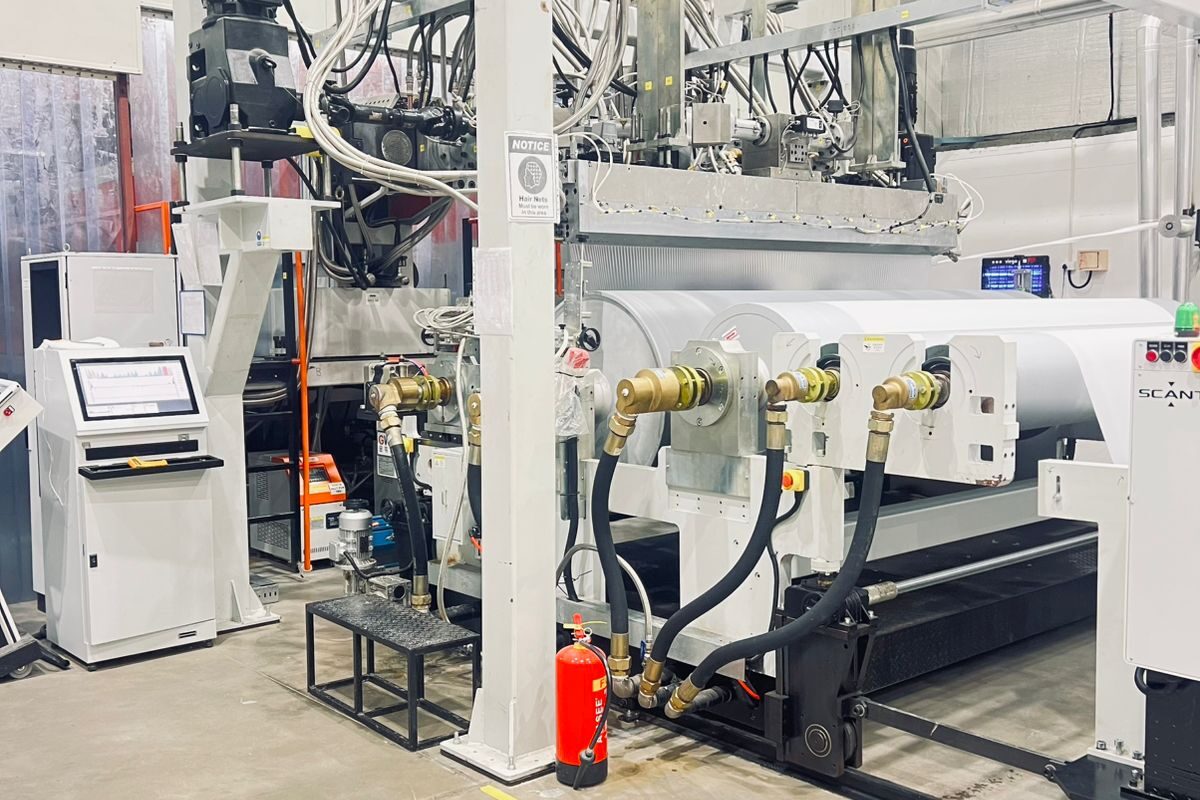


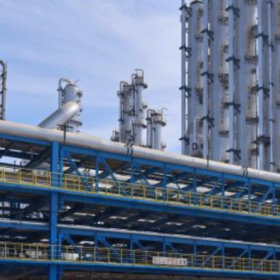
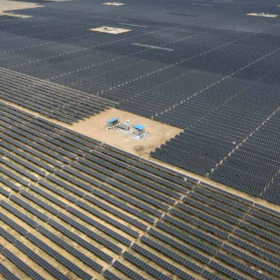
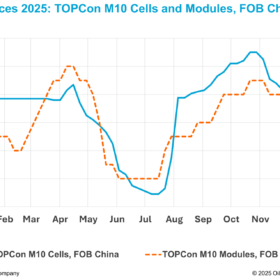
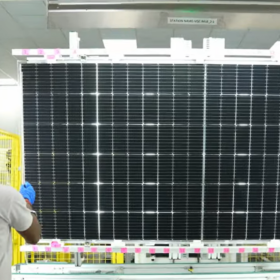
It is a very sad situation that India has imposed Safeguard Duty. It may be due to the lobbying efforts of Indian manufacturers of Solar panels.
Instead of being competitive, or being innovative local manufacturers have resorted to creating artificial barriers. I am confident that not a single Indian solar manufacturing company invests in R&D or has meaningful tie ups with Indian universities. They are assemblers with all components imported. If they cannot match prices of imports, they use inferior materials and sell cheaper product. In terms of quality, Chinese panels are much better than Indian panels and any EPC company can attest to that.
In my opinion, Indian manufacturers should look at adding value by innovation & research rather than just be an assembler. Alternately they can lobby the government for incentives like cheaper electricity or low cost loans.
Indian manufacturers should also be truthful to the nation. They blame Chinese modules to be inferior. Then why do they sell panels made in china but with their Brand names (OEM). If you look at top three indian manufacturers, their annual sales exceeds their manufacturing capacity 3:1 – you can do the math where 65% of their manufacturing is being done.